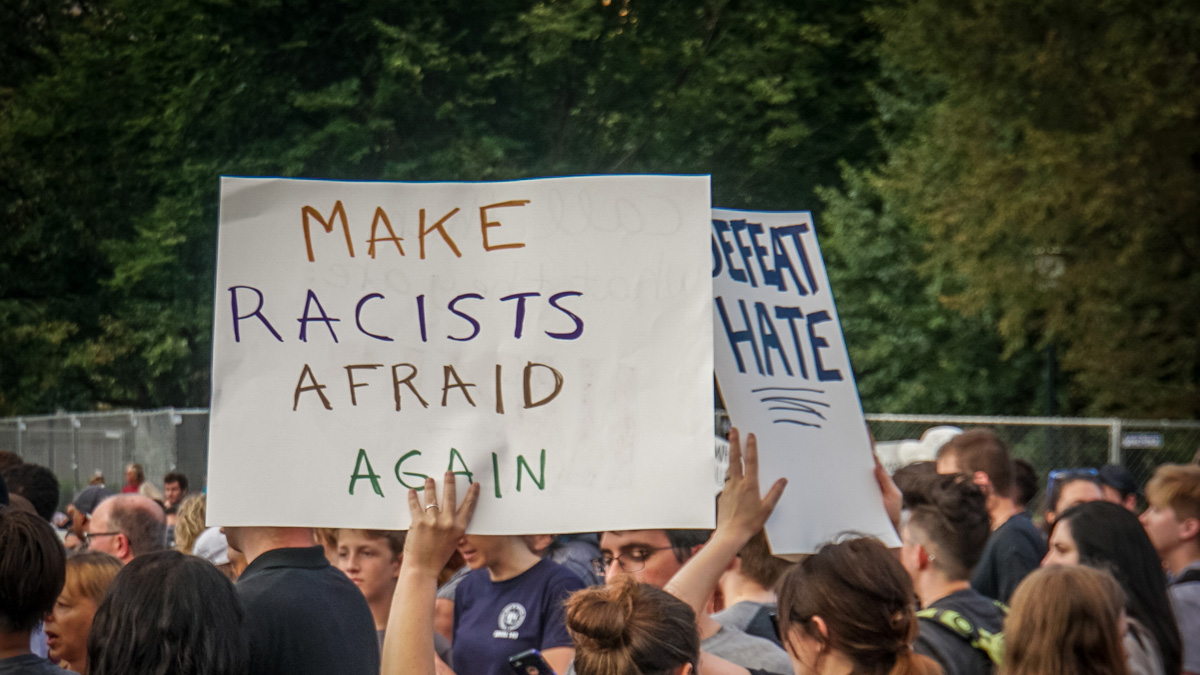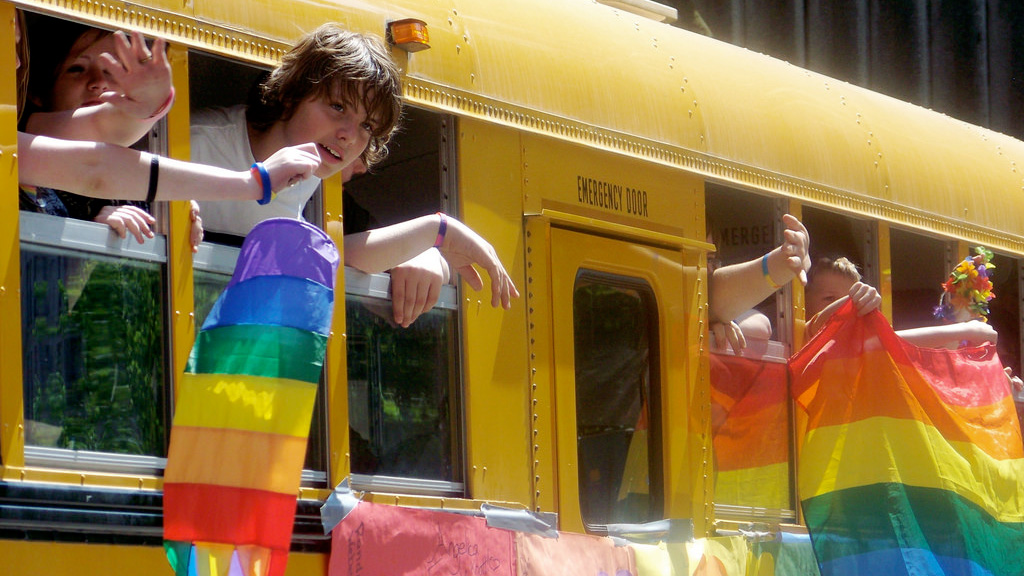Charlottesville anniversary proves counterprotest works
Engaging with and combatting racism head-on is the only way to eliminate it
 Ted Eytan
Ted EytanA magical thing happened on the anniversary of the white nationalist rally that took place in Charlottesville, Virginia.
Thousands of counterprotestors showed up to white nationalist rallies in Washington, D.C. and Charlottesville, demonstrating against the violence that occurred in Charlottesville last year. During that rally, a car careened into counterprotestors, killing Heather Heyer, a 32-year-old woman.
In the U.S. capital, the counterprotestors dwarfed the white nationalists, who only managed to scrounge up 20 participants for a rally they expected around 400 people to show up to.
The Charlottesville anniversary can help us to resolve a prominent debate in anti-racist circles: when it comes to tackling racism and bigotry, should we ignore it or fight it? The logic of the “ignore it” side is as follows: by making a big deal out of racist positions, we’re giving them legitimacy simply by acknowledging them as dangerous. As a result, we shouldn’t give those positions a platform at all, and the best way to do this is to give them the silent treatment.
The “fight it” side argues that there’s an inherent violence in racist positions that poses a threat regardless of whether they’re given a platform or not. The only option, then, is to call out those positions as dangerous, make it clear that they aren’t welcome, and affect change in order to purge racism from societal discourse.
If there’s anything the Charlottesville anniversary proves, it’s that fighting is the most effective way to go. Counterprotestors showed up in 2017 and again in 2018, repeating the same message: racism is not welcome, and will not be tolerated. The message has clearly been heard, as turnout to both 2018 white nationalist rallies were decimated.
There is a unique twist to this year’s counterprotests, however. While powerful on their own, the most interesting element of these counterprotests what the focus of the chants of the crowds. While some demonstrators did indeed chant anti-racist calls like “Nazis go home,” other protestors focused their chants on the passivity of law enforcement during the 2017 protests, a result that was also found by an independent review of law enforcement’s response to the protests.
Such recognition of these failures is incredibly important. They go beyond vague gesturing towards an abstract spectre of “white nationalism” and link it to material institutions that tangibly impact the lives of individuals, such as police racism through carding and police brutality. Racism isn’t just an attitude or an ideology; it’s embedded within many of our institutions and requires engaging with and changing said institutions in order to quell it.
Ignoring racism, as opposed to calling it out, leaves this important fact out. While the silent treatment may eliminate extreme racist positions from discourse, it can’t speak to the pervasiveness of covert racial bias in our society. As such, it’s only a band-aid solution; if we’re to truly tackle racism, that link must be made and brought to light.
Feigning ignorance may work for itches, but it doesn’t work for bigotry. I hope that what happened on the Charlottesville anniversary inspires people to continue the good fight against white nationalism. Active protest against bigotry not only works, but is essential for its elimination.




